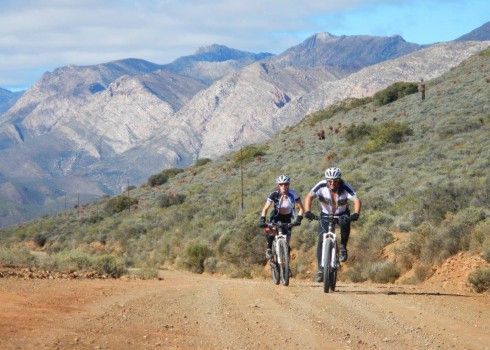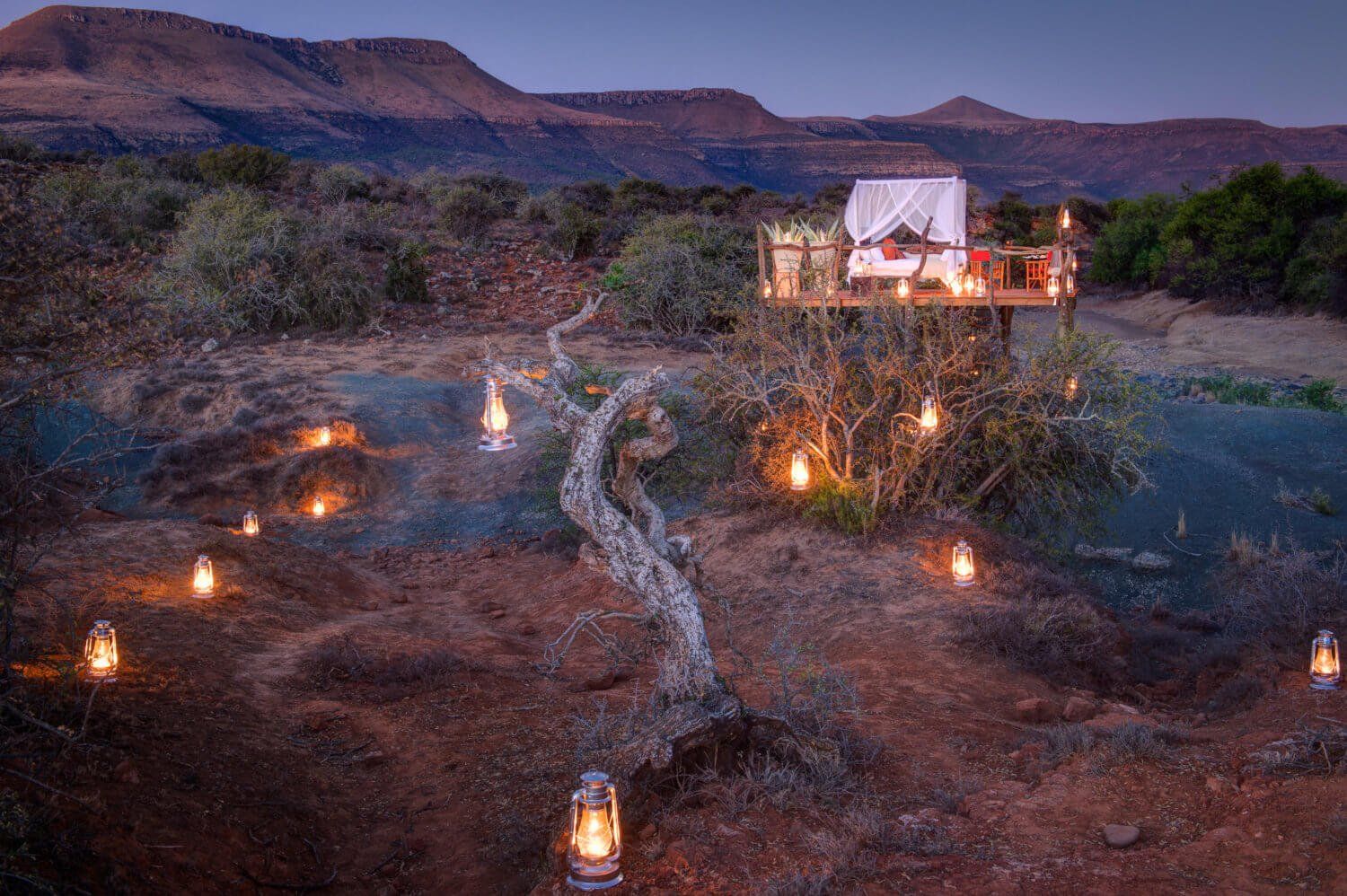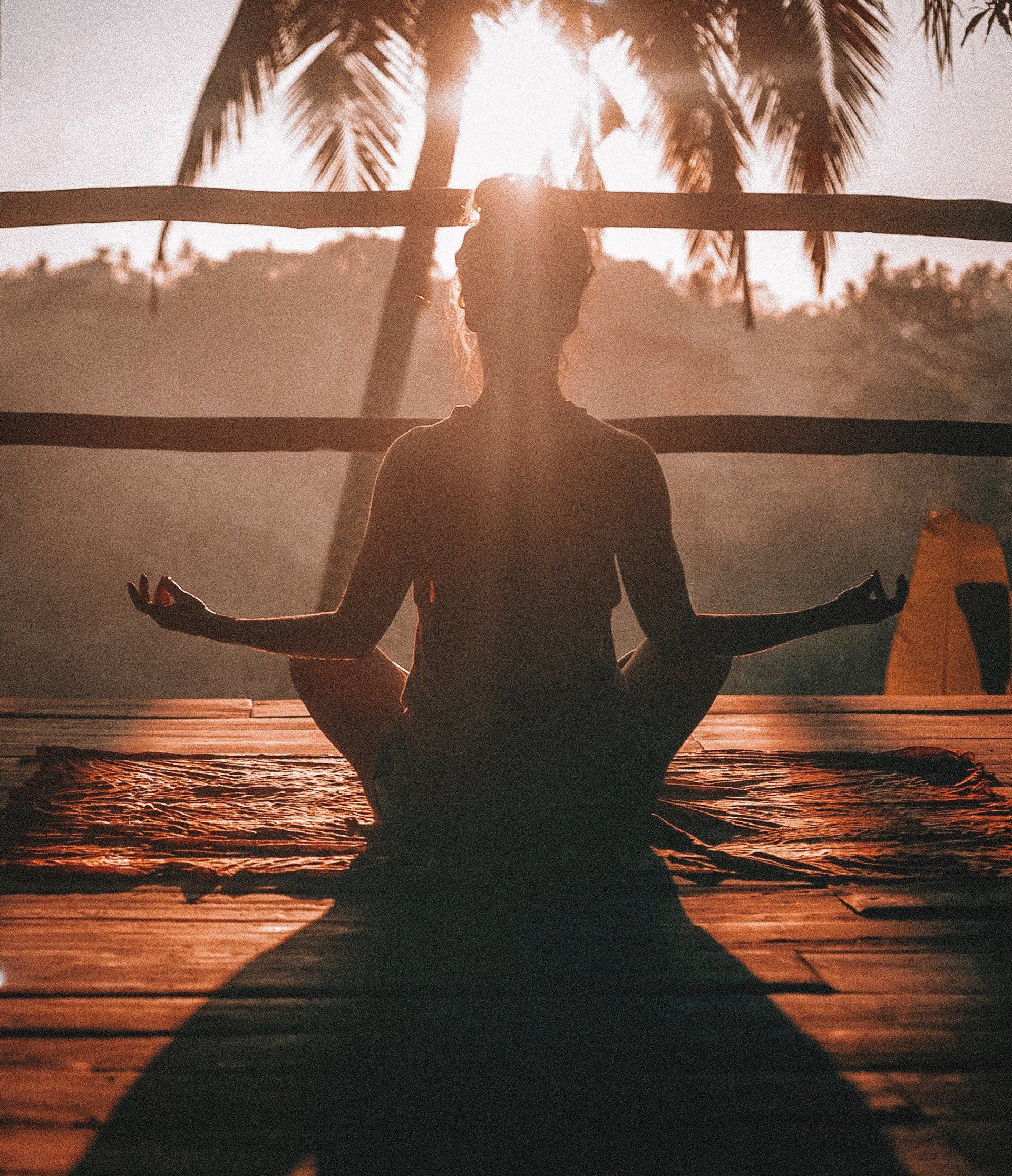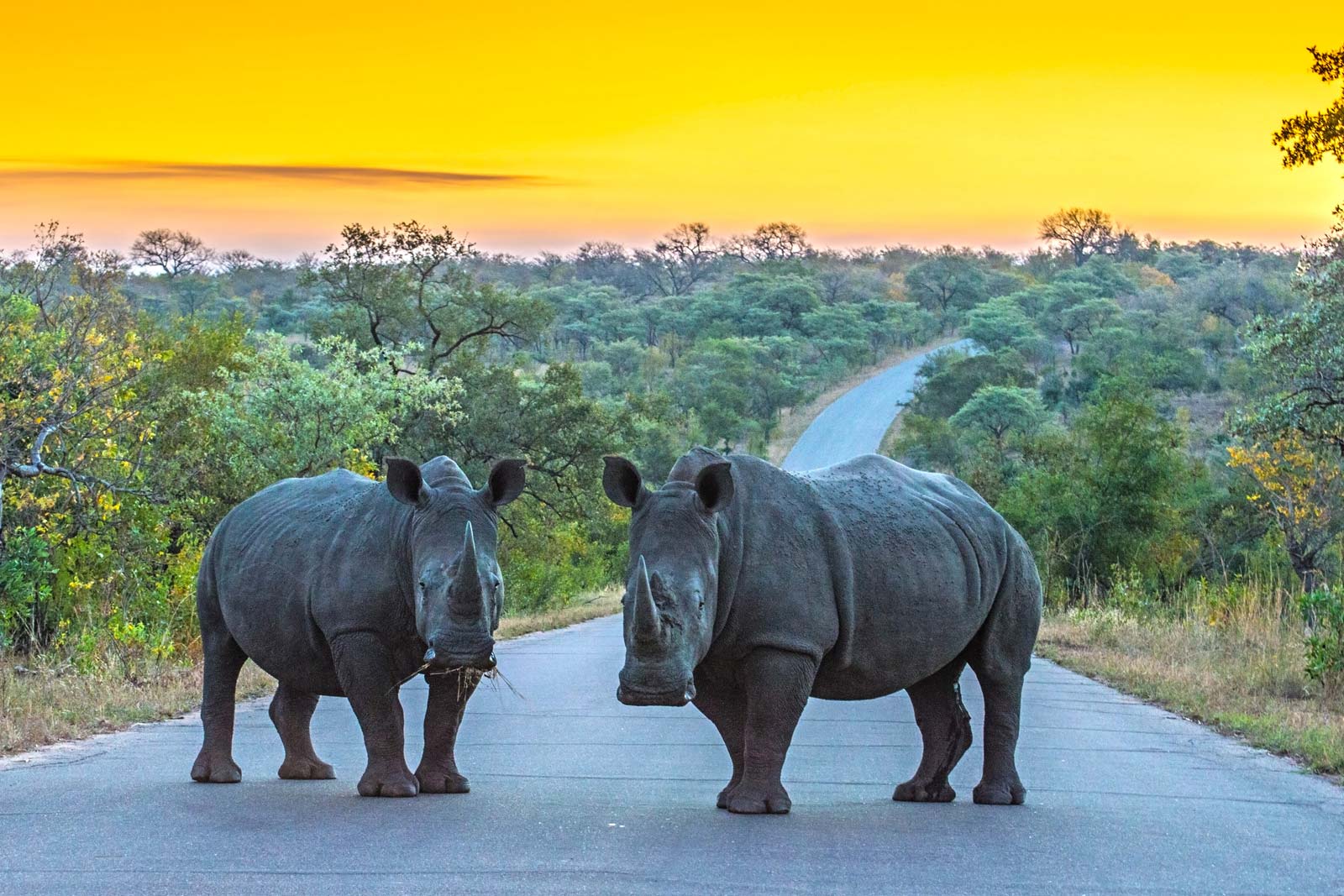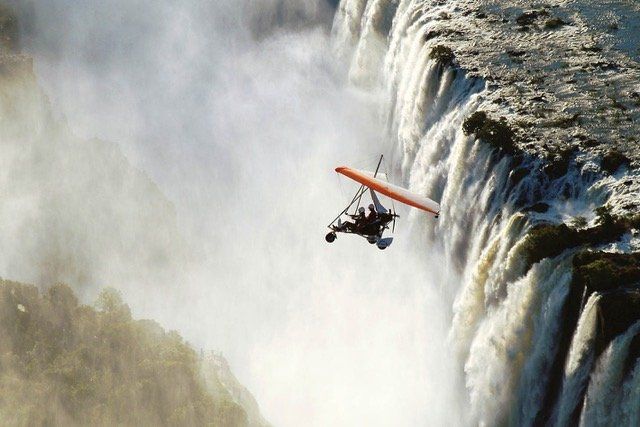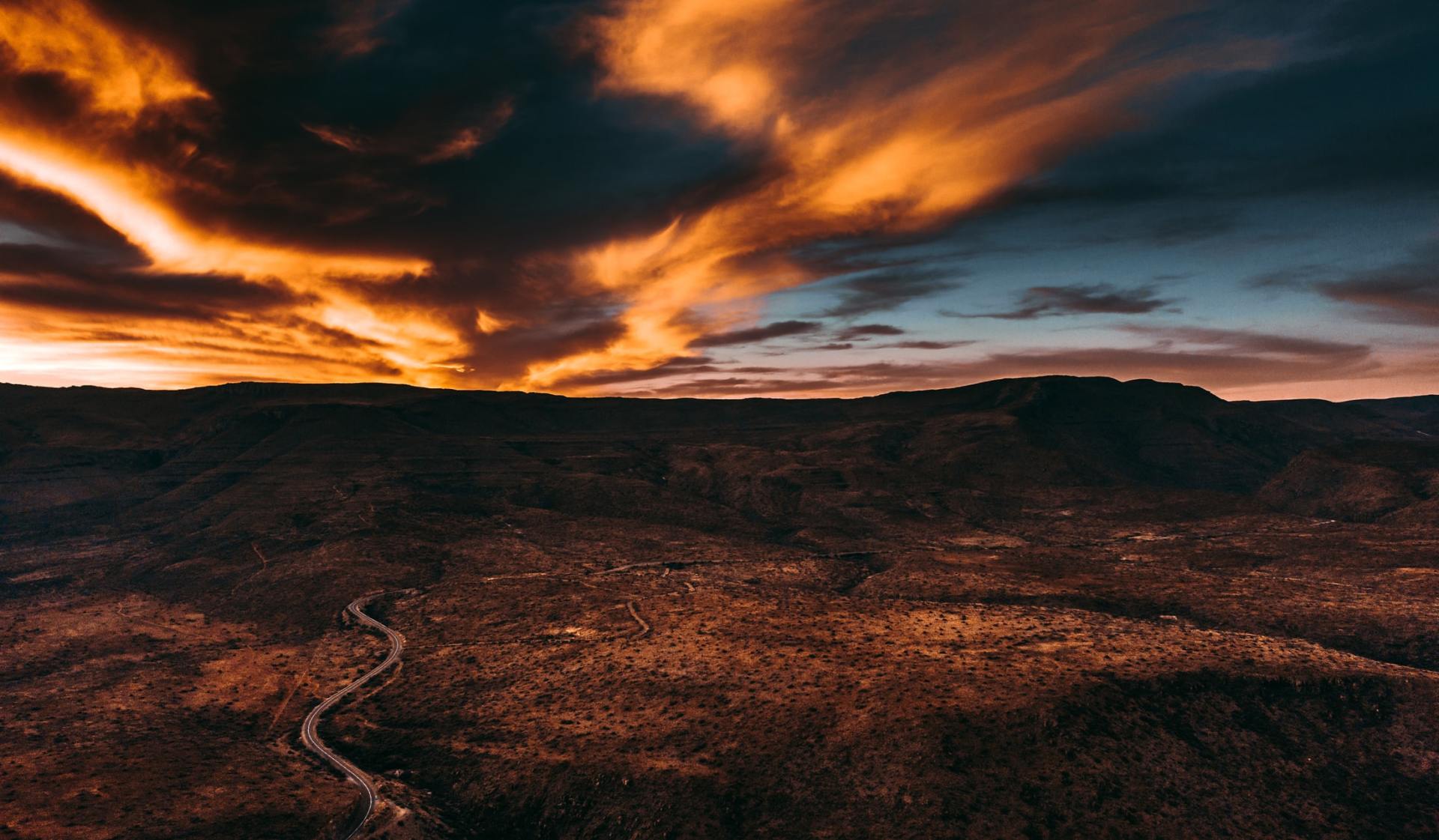Winter (June to September)
Winter is one of our favourite times to go to the Great and Little Karoo. This is the time when the aloes bloom and millions of bright red and orange flowers dot the otherwise stark landscapes with their crimson red flowers that transform the countryside.
Furthermore, during winter you are spared the summer heat that can be stiflingly hot, yet daytime temperatures are mostly mild and balmy, though evenings and early mornings are cold. The Karoo offers several hot springs, particularly enjoyable under the bright blue skies of a cool winter’s day, it is a great way to unwind.
The winter months are also often the best for game-viewing or even photography and the early afternoon sunlight coming in at a lower angle in the sky is simply spectacular. What’s more, generally clear skies at night mean excellent stargazing.
Spring (September to November) and Autumn (March to May)
The transition months are some of the most beautiful and underrated, both in terms of weather and activities. Daytime temperatures are typically milder than in summer, although the mercury begins to drop at sunset. We recommend a combination of warm-weather clothing and long-sleeved layers for the evenings.
Springtime will bring the spring flowers and thus usually stark landscape will be entirely covered with a carpet of colours, flowers ranging from yellow to orange to pink is an absolute treat for the eyes. During spring the weather is very similar to autumn, except that the days start to get longer and the temperatures warmer as summer approaches. This is an ideal time for game-viewing, as many antelope have their young and the rains return. Autumn is also when Afrikaburn takes place (usually towards the end of April), one of Africa’s most iconic and creative events.
Summer (December to February)
Summer is our least favourite season to visit the Karoo purely due to the heat, with temperatures routinely reaching over 35ºC / 95º F. Expect hot sunny days with the occasional afternoon thunderstorm, which makes for stunning light and great photographic opportunities. Rain is however very rare, and the area has suffered draught for many years in a row, which the ostrich farmers will be happy to elaborate about when you visit one of their fascinating farms. Sunscreen is a must, as the African sun can be very harsh even for darker skin tones. Since the Karoo is a semi-arid area, the temperature drops off significantly once the sun goes down, so we recommend a fleece and light jacket once dusk has fallen.




